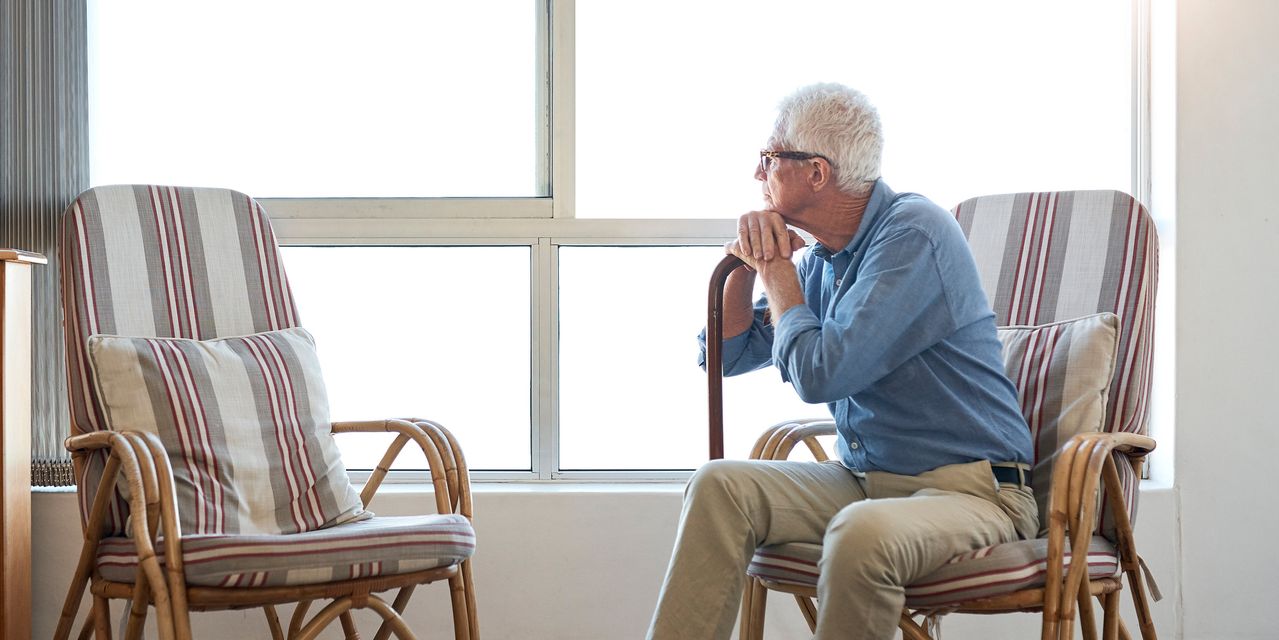This article is reprinted by permission from NextAvenue.org.
The weather person on the local news flashes a big grin and says, “It’s beach season!” Many watching cheer. I don’t. I set my thermostat to 62 Fahrenheit and listen to “The Blizzard” by Judy Collins and other songs that make me think of cooler days and snowstorms.
I’m not alone. While a study in the journal Depression Research and Treatment shows about 5% of the U.S. population have wintertime Seasonal Affective Disorder (SAD), about 10% of those with SAD experience it in the summer.
And according to Stephanie Marcello, chief psychologist at Rutgers University Behavioral Health Care, “those numbers are higher for people living close to the equator.” In places like India where temperatures can reach 120 Fahrenheit, summer SAD is more common than winter SAD.
Here I complain a lot, so much so that a good friend introduced me to a Facebook
META,
group called I Hate Summer. These like-minded people call summer “unsticking your thighs from plastic chairs” season. They show quaint photos of snow falling and share a countdown to the first day of autumn.
See: Climate change is a retirement issue — how to turn worry into action
A subset of depression
“[SAD] is called a subset of depression,” Marcello says. “It’s a reoccurring form of depression that usually begins and ends around the same time every year. In the summer, it’s often in late May through mid-to-late September. It occurs four times more often in women than in men.”
“In winter,” Marcello continues, “we know people with SAD are depressed by shorter days, darkness, and cold weather, which keeps them indoors. Summer SAD is a reverse disorder meaning the intense heat, longer days, and disruptions to schedules can trigger the same symptoms found in winter SAD. Not much is known about summer SAD. More research needs to be done.”
Read: Seniors head back to retirement communities as COVID lingers–‘I just didn’t want to be alone’
Summer symptoms that mirror winter symptoms
Many of the symptoms of summertime SAD mirror those seen in the winter. Marcello says to look for:
- Feeling listless or sad most days during summer
- Losing interest in activities you enjoy
- Experiencing low energy
- Having trouble sleeping or sleeping too much
- Finding it difficult to concentrate
- Feeling hopeless, worthless, or suicidal
Marcello adds, “If you experience suicidal thoughts, contact friends, family, and the National Suicide Prevention Lifeline at 1-800-273-8255.”
Common summertime SAD symptoms
These symptoms are more common with Summertime SAD:
- Trouble sleeping
- Poor appetite
- Weight loss
- Anxiety and or irritability
Changes in your routine
Summer brings change to most routines. If you enjoy walking or exercising outdoors, which lifts your mood, you may stay indoors because of the heat. Watching a lot of Netflix
NFLX,
is fun at first; after a while, it gets tiring.
“Skipping outdoor activities you enjoy and staying indoors in an air-conditioned room can lead to isolation,” Marcello says.
Read: How being an older worker pushed me out of my comfort zone — what I learned
Body image issues in the summer
“Bathing suits and summer clothing can also trigger low self-esteem,” Marcello says. “So much pressure is put on body image, of looking a certain way.”
In winter, you can snuggle in oversize sweatshirts and wear fuzzy sweaters. Many people in the I Hate Summer Facebook group long for their winter wardrobe of soft and comfortable clothing. Most agree it’s better to wrap yourself in a snuggly blanket to keep warm in the winter than wear skimpy clothes that highlight one’s not-so-pleasant body parts in the summer.
Check out: I want mild weather and a city where goats and chickens are allowed – so where should I retire?
Ways to beat the summertime blues
Find activities that bring you joy. “Go out to lunch in an air-conditioned restaurant with friends,” Marcello says. “Take a class. It’s important to stay connected to others to reduce stress.”
If you take medication for depression, talk to your physician about changing the dosage in the summer. “Adjustments could be helpful,” Marcello says. “Just make sure you talk to the prescribing doctor.”
Here are some other ideas:
- Take a summer vacation to a cold weather destination.
- Turn on the air conditioner in your bedroom and block out any outdoor light with room darkening shades.
- Exercise indoors in an air-conditioned space or take a walk early in the morning or late in the evening when the sun is not as strong.
- Don’t skip meals. You can eat less but skipping meals because it’s too hot to eat isn’t good for you. It can cause fainting, weakness, dizziness, and a general lack of energy.
- Try to get a good night’s sleep. Some people recommend cooling blankets, pillows, and sheets. Unfortunately, there’s not enough research to know if they truly work. I asked people in the I Hate Summer Facebook group about these cooling products. Some say these items keep them cool; others said they do not.
- If you are feeling depressed, talk to a therapist.
- Know it’s OK to feel sad. “Summertime depression is real,” Marcello says. “It’s difficult feeling OK about being sad when everyone around you seems happy.”
Michele C. Hollow is a freelance writer, editor and ghostwriter specializing in health, climate, social justice, pets and travel. Follow her on Twitter at @michelechollow.
This article is reprinted by permission from NextAvenue.org, © 2022 Twin Cities Public Television, Inc. All rights reserved.
More from Next Avenue:
